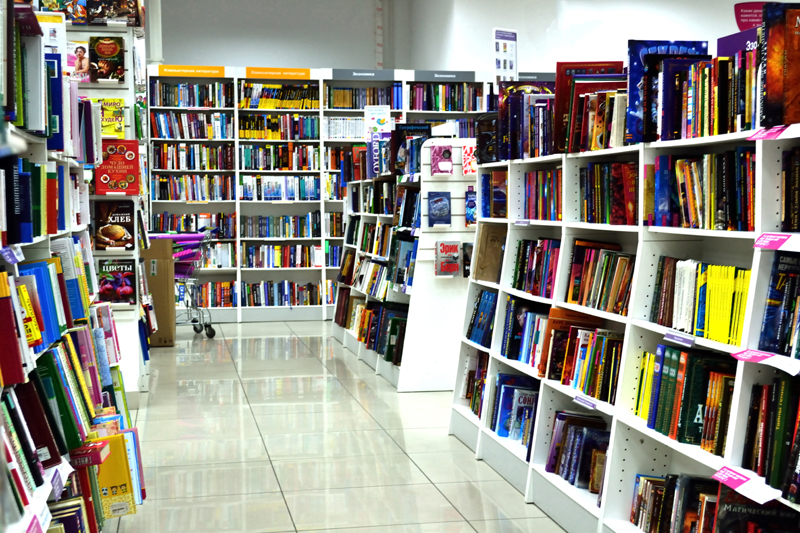Types of Storytime Programs

Deciding what types of storytime programs your library host will depend upon many factors.
The number and variety of storytimes you plan are impacted by different issues unique to your library. What type of space do you have? Do you have the rooms to host more than one storytime at the same time? Do you have the staff to host more than one storytime at the same time? Are the rooms used for other activities that are impacted by storytime? What other responsibilities does the staff have? Are you going to have a morning only storytime or an afternoon storytime? How many children will be accepted into the program? Are you going to require registration for the storytime program?
Each of these questions needs to be evaluated based upon the character of your community and library. You may want to offer storytime every day, but it may not be practical. If your room also serves as a community meeting room it may not be possible to schedule three storytime programs in one day. You may decide to provide an evening storytime or a weekend program to accommodate families that cannot come during the weekday.
Here are a few different types of storytime programs:
- Lapsit--This session emphasizes adult-child interaction, with caregivers required to attend storytime. Generally children sit on the floor with their caregivers. Hence the name "lapsit." Stories are interactive, the time will often feature songs and fingerplay activities. The age range for this type of program is often 6 months to 2 years old.
- Toddlers--Toddler programs are very similar to lapsit storytime. Toddler time also feature interactive stories, picture books, songs, fingerplay, and crafts. You need to decide if this group will be only for 2 year olds or for 2 and 3 year olds. Will caregivers be required to attend?
- Preschool--This time is a bit more structured and often does not include caregivers. Some librarians ask the caregivers not to come into the storytime room. There is storytelling, picture books, games, fingerplays, crafts, and sometimes videos.
You Should Also Read:
Planning For Pre-School Storytime
Promotion and Programing
Puzzling Readers - A Motivational Tool

Related Articles
Editor's Picks Articles
Top Ten Articles
Previous Features
Site Map
Content copyright © 2023 by Paula Laurita. All rights reserved.
This content was written by Paula Laurita. If you wish to use this content in any manner, you need written permission. Contact Christine Sharbrough for details.



